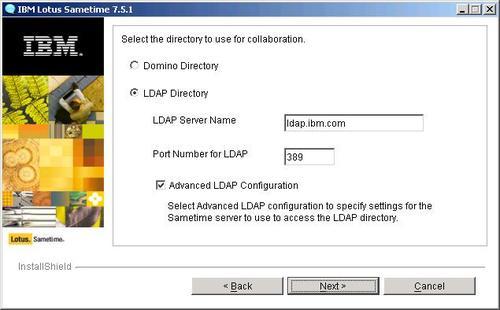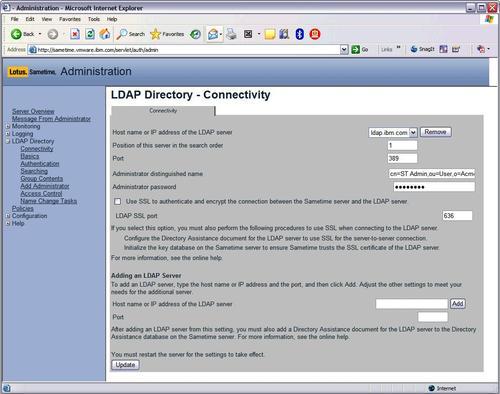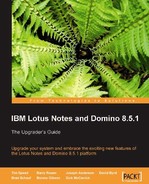Sametime is an enterprise client instant-messaging and web-conferencing product that has been available for many years. The current version of 7.5.1 extends these capabilities with a revised web conference meeting center client and Lotus Expeditor-based instant messaging client.

The product is a core component of the unified communications and collaboration strategy. This represents an integrated messaging solution that includes instant messaging, voice, and video.
The client product now supports not only Windows, but also Linux and Mac OS X. These additional client platform choices expand its enterprise reach.
The 7.5.1 product release introduces a new server platform with Linux. This has been a long-sought-after operating system for the server platform.
The installation of Sametime 7.5.1 requires Domino 7.0.1 or higher. The Domino server is used for the HTTP services, configuration, and meeting data storage. A slight variation of this is the Enterprise Meeting Server (EMS) product. It extends the capabilities of Sametime with the WebSphere application server as the frontend. The main difference is that EMS provides meeting services fail-over. While the WebSphere application server is used as the frontend, the engine driving the meetings themselves is a standard Sametime server running on Domino.
The installation process involves running the Sametime server installation wizard on an existing server. After you answer a few simple questions, the installation will complete in a matter of a few minutes. After this base installation has been completed, additional customization is possible.
One important thing to note is that Sametime Connect clients are not installed as part of the Sametime server. The installation programs for these must be installed after the base server install.
There is a Sametime SDK toolkit that can be installed as part of the base package. This provides API services and sample applications to build integrated solutions.
The base installation itself is fairly simple with a minimal number of questions. The key difference is the directory-type selection of either Domino or LDAP. Regardless of user directory type, the base functions of Sametime are the same.
If the Domino Directory is used, then the configuration is very straightforward. The Sametime server needs a replica copy of the Domain Directory. It also needs a Web SSO document defined so as to function correctly. This is done by default as part of the Sametime setup if such a document does not already exist.

If an LDAP Directory is used, then the configuration can be a bit more complicated. During the installation process, you will be asked for the LDAP server host name and port number. Further configuration is handled via the Sametime administration web interface or by editing the stconfig.nsf database via a Notes client.

When an LDAP Directory is used in Domino, it has two interface points. The first is for instant messaging. These services directly access the LDAP server and don't use Domino. The second is for meeting services. These use the Domino Directory's assistance database to interact with the LDAP source. The reason behind this is that meeting services leverage the Domino authentication services and database ACLs to manage access.
Sametime has many integration points. This is in addition to the Lotus Expeditor-based client.
- Notes Sideshelf
- Notes view/document integration (for instance, inbox)
- QuickPlace/Quickr
- The WebSphere Portal Server
This list includes a few integration points that are available. The key is that the Sametime services can be integrated into virtually any application that can leverage the API services it provides.
